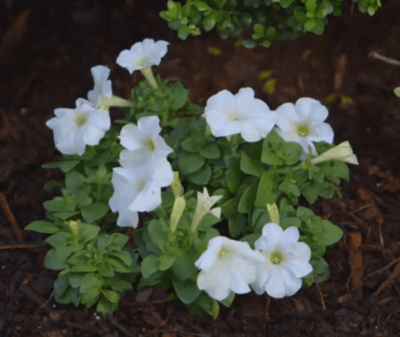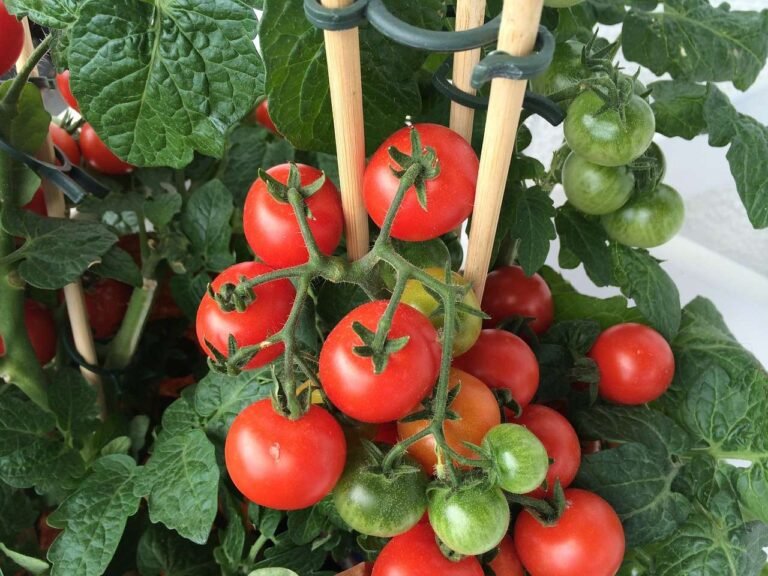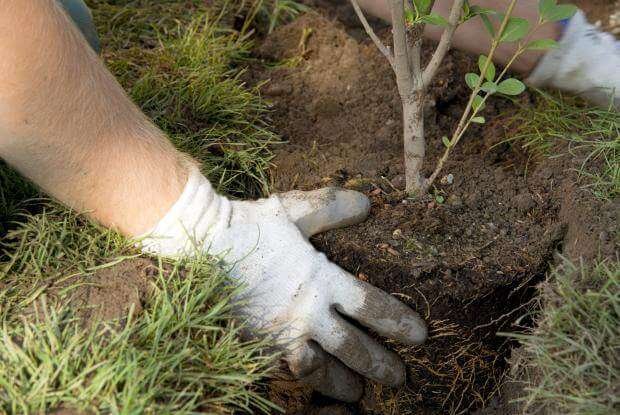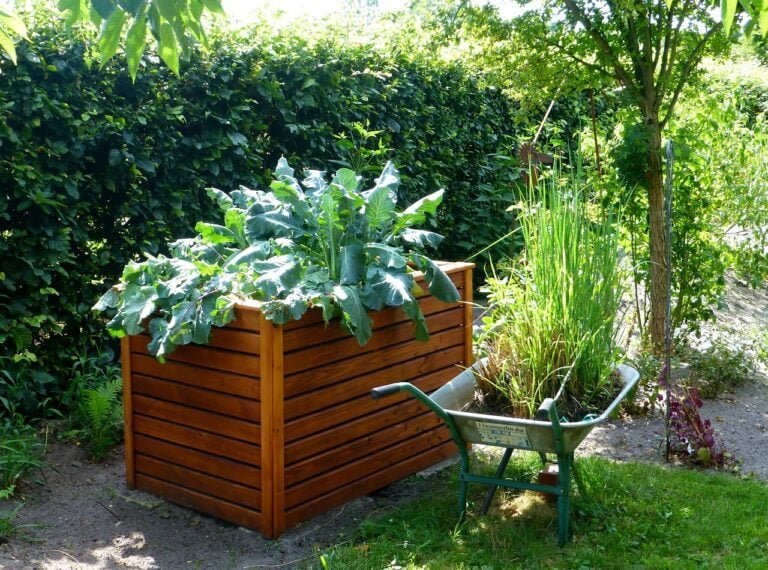12 Mulching Tips for Florida Landscaping
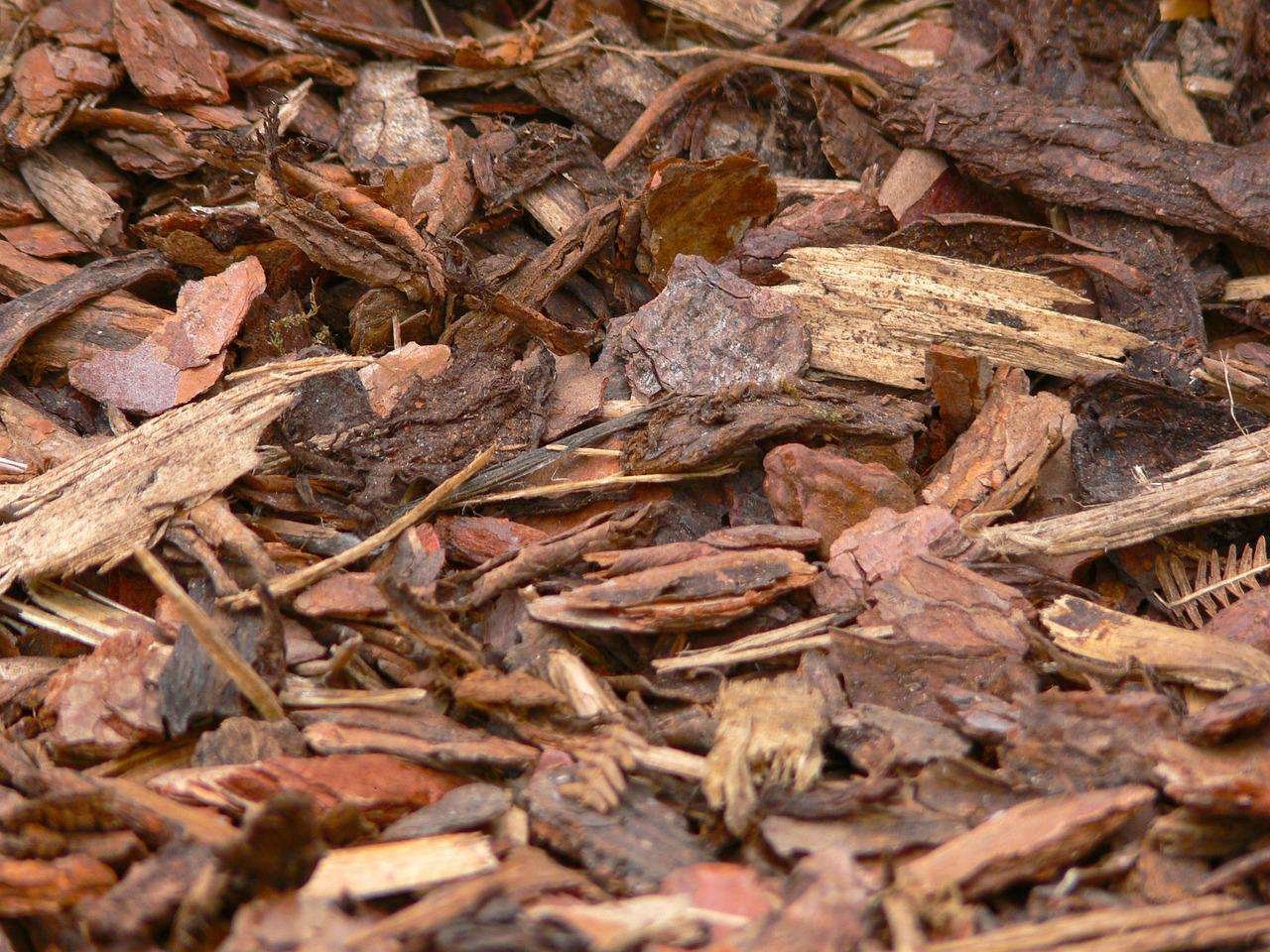
Mulch is used for appearance, moisture retention, weed control, and in keeping soil temperatures warm in the winter, and cool in the summer. Mulching is helpful to keep erosion from occurring in landscapes. It is placed around bedding plants, trees, and shrubs. Here are 12 Florida Mulching Tips on the best ways to use mulch on Florida lawns.
Types of Florida Mulch
There are different types of mulch to choose from in Florida which are sold at garden centers by the bag. Types that are usually available are cedar or cypress mulch. Both are considered to be a higher grade.
Nurseries offer loose wood mulch in large quantities, which can be delivered (Be prepared for a pile dumped on your property).
Some counties offer free mulch to be picked up which is usually a lower grade, although can be sufficient. A pickup truck will be needed to transport it to your location.
You can contact your Local Extension Service for information on free mulch.
Mulching Tips
Proper mulching is important for the health of plants, trees, and shrubs. Follow these helpful mulching tips to assure it is done correctly.
1. How to apply mulch.
Applying the amount of mulch is determined by the texture and its density. Spread fine mulch two to three inches deep after settling to avoid suffocating the roots of plants. It is not necessary to apply excessive amounts when mulching. Plus using too much mulch is just a waste of money.
2. Don’t pile mulch too high.
Mulch composed of shredded or small leaves such as oak leaves should not be spread exceeding a depth of two inches. The leaves become compacted together which restricts water and air to the root system. Do not pile too high.
3. Leave space around trees.
Do not pile mulch close to or against the base of any tree or shrub. This can cause “Root Rot” from lack of air circulation and too much moisture retention. Leave space around the base and trunk when mulching.
4. Don’t bury the stems of shrubs.
Do not place mulch above the lower stems of shrubs burying them and causing them to rot. This will promote a disease known as “Stem Rot”.
5. Don’t spread mulch too close to citrus trees.
Do not put mulch up against or too close to the trunk of citrus trees. Place around at the end of where the canopy extends to or do not mulch at all, for it really is not necessary for mulching citrus trees.
6. Mulch size.
Mulch in larger pieces lasts longer and is better for weed control. Fine mulch adds nutrients to the soil faster by breaking down quicker.
7. What do professional landscapers use?
Professional landscapers mostly use mulch containing both fine and coarse wood mulch.
8 How often do you replace organic mulch?
Organic mulch does not need to be replaced more often and less mulch is required as the plants or shrubs mature.
9. Don’t pile mulch against buildings.
AVOID piling mulch up against walls of buildings when mulching in order to keep from attracting termites. Place it at least two feet away from your home.
10. Always replace your mulch.
Do not leave the old mulch in your landscape for a long time. Clean it out and replace it with fresh brand new, to avoid fungus problems in your plants, and shrubs.
11. Never use Red Dyed mulch.
It is not recommended to use a “Red Dyed” mulch which can create a chemical unbalance in the soil. This can be harmful to the health of plants, trees, and shrubs.
12. Pine bark nuggets are not recommended.
I don’t prefer to use pine bark nuggets for they attract the nesting of carpenter ants which will eventually wind up in your home, especially if placed too close to it.
Final Thoughts
Following these mulching tips listed above will help you achieve the successful garden and landscape wanted by everyone. Proper usage of mulch is an important part of landscaping. I hope these mulching tips and advice will be helpful for you.

